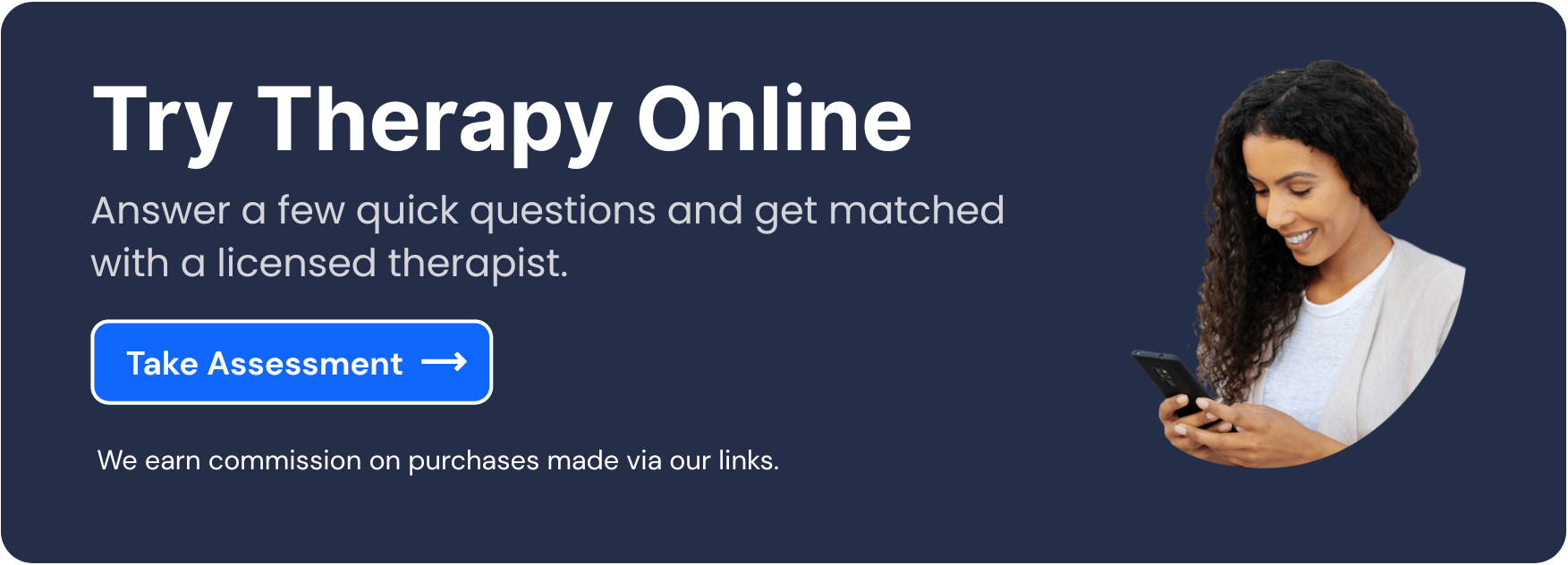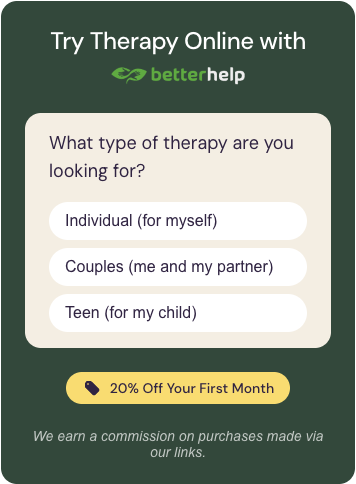Take charge of your digital behavior and reclaim your personal time from the constant lure of your cell phone. In an era of continuous connectivity, excessive use of smartphones can affect mental state, personal bonds, and overall wellness. Are you concerned about spending too much time on your phone? Many share this struggle.
- Countless individuals experience repetitive urges to check their devices throughout daily activities.
- Continuous notifications and unpredictable rewards from online platforms encourage repeated engagement.
- This guide presents practical methods, expert input, and self-assessment tools coupled with personal insights to help you restore balance.
By exploring the sections below, you will gain deeper insights into phone addiction, learn how to detect its warning signs, and discover reliable methods to reduce excessive use. In addition, HealthFirst offers free instruments such as our phone addiction quiz and downloadable recovery materials to support your journey.
Understanding Phone Addiction: Scientific Explanations and Personal Reflections
The Nature and Science of Excessive Phone Use
Phone addiction extends beyond a mere habit. It is a behavior pattern marked by excessive attachment to digital devices. Modern neuroscience explains that each notification sparks the release of a chemical messenger known as dopamine. This neurotransmitter reinforces the behavior by creating a short burst of pleasure, a process similar to patterns observed in other behavioral disorders. For example, a study published by the National Institutes of Health indicates that the unpredictable delivery of digital rewards leads to neural responses similar to those observed in gambling tasks (see NIH study).
An illustration designed with symbols representing dopamine, alerts, and stress can help show how a single notification initiates a chain reaction that leads to compulsive phone checking. Research from respected sources confirms that more than 50% of adults in certain regions admit to struggles with self-regulation regarding smartphone use.
First-Hand Case Example and Self-Assessment Insights
A reader from a recent workshop shared how frequent phone interruptions at work caused missed deadlines and heightened stress levels. After integrating the techniques discussed here, they reported an increase in overall focus and a reduction in anxiety. Moreover, detailed self-assessment examples that follow the quiz can show how monitoring screen time assisted one user in shifting habits and reclaiming time for meaningful tasks.
The Underlying Causes of Phone Addiction
The Role of Dopamine, Social Media Interactions, and Mental Health
Many smartphone applications stimulate natural responses by offering rewards that appear at unpredictable intervals. The mechanism behind this involves dopamine—a substance in the brain that helps regulate pleasure and motivation. Over time, the continuous cycle of notification and dopamine release mirrors the patterns found in other behavioral issues. Data from research conducted in neurology adds that individuals characterized by symptoms of attention difficulties often gravitate toward the instant feedback that digital devices provide.
- A visual flowchart can depict the sequence: incoming notification → dopamine release → reinforced behavior.
- Evidence points to an increase in anxiety and depressive moods being related to overexposure to these digital prompts.
- The pressure of maintaining an online presence contributes to feelings of restlessness and social comparison.
Impact on Physical and Mental Health
Recognizing the Multidimensional Consequences of Overuse
Excessive phone use not only undermines mental clarity but also has clear physical consequences. The following points detail the aftermath of prolonged screen time:
- Sleep Disruption: Nighttime phone use interferes with the natural sleep cycle, leading to reduced rest and increased irritability. Further information on sleep studies
- Social Detachment: Although designed to keep us connected, continuous engagement with devices may result in diminished in-person interactions, impacting family and community bonds. Learn more about social effects
- Physical Discomfort: Extended periods of screen time can cause issues such as neck pain—sometimes referred to as “text neck”—and repetitive strain injuries affecting hands and wrists. Read about repetitive strain injuries
Personal testimonials from individuals who once felt isolated have shown that reducing screen time can lead to improved posture, better sleep quality, and enhanced face-to-face communication.
Recognizing the Signs of Phone Dependency
Top 10 Behavioral Indicators
- Frequently glancing at the phone even in social or family settings.
- A sense of unease or anxiety when the device is out of reach.
- Losing track of time during phone interactions.
- Overlooking personal or professional commitments due to device usage.
- Experiencing physical discomfort such as neck or hand pain.
- Relying on the phone as a means of escaping challenging emotions.
- Feeling irritated when phone use is interrupted.
- Prioritizing digital interactions over live conversations.
- Experiencing isolation despite extensive online connectivity.
- Seeking temporary relief or distraction through digital engagement.
For a more detailed evaluation, please try our self-assessment quiz. The quiz is followed by a comprehensive explanation on how a typical user applied the strategies to achieve improved control over phone habits.
In-Depth Smartphone Use and Self-Evaluation Tools
Engage with our interactive smartphone compulsion test to receive a personalized evaluation of your device usage habits. This tool thoroughly outlines aspects of your behavior that may indicate emerging patterns of dependency. After completing the quiz, you will gain tailored recommendations to help shift your usage toward more balanced patterns.
Note: The self-assessment is an educational tool and should not be considered a definitive medical evaluation. For personalized advice, consulting a health professional is recommended.
Steps to Regulate Phone Use and Restore Balance
Detailed Action Plan and Access to Professional Guidance
Overcoming excessive cell phone use requires a comprehensive plan that combines everyday practices with professional advice. Consider the following steps:
- Define strict time constraints for non-essential apps.
- Disable non-urgent notifications to minimize disruptions.
- Establish specific room zones—such as bedrooms and dining areas—where phone use is discouraged.
- Participate in offline activities like exercise, creative hobbies, or social meet-ups to replace digital screen time.
- Use monitoring applications that track usage patterns to increase self-awareness.
For enhanced support, professional methods such as Cognitive Behavioral Therapy (CBT) or mindfulness practices can help identify the thought patterns underlying the dependency. At times, healthcare providers might suggest additional options to manage concurrent emotional challenges.
To connect with a specialist, please visit our resource page: Find a Specialist Near You.
Author’s Personal Experience and Professional Background
Real-Life Challenges and Expert Insights
I once encountered a period when persistent phone distractions interfered with crucial work and personal life moments. Initial attempts at reducing usage involved setting alarms and scheduling specific non-screen activities. Over time, integrating practices such as reflective journaling and professional guidance produced lasting changes.
About the Author:
I hold advanced qualifications in behavioral science and have dedicated over a decade to researching digital behavior patterns. My experience in counseling individuals grappling with excessive smartphone use has driven my commitment to offering clear, actionable advice. More details on my background can be found on our Expert Profile page.
HealthFirst: Our Mission and Editorial Integrity
HealthFirst is committed to presenting research-based content that aids readers in improving their digital habits and overall wellness. Our resources undergo periodic reviews by experts, and we regularly update our references to maintain accuracy. For more information on our organization and editorial practices, please visit our About HealthFirst page.
Disclaimer: The self-assessment tools and advice presented here serve as supportive guidance. They are not substitutes for individualized medical advice. Always consult with a professional if you face severe challenges with smartphone usage.
Frequently Asked Questions on Phone Addiction
How can excessive phone use be identified?
Phone addiction is seen through repetitive checking and anxiety when separated from your device, along with signs such as neglecting responsibilities, physical discomfort, and even feelings of isolation. For an in-depth exploration, refer to articles by the American Psychological Association (APA resource).
What practical measures can help reduce screen time?
Initiating boundaries like designated offline periods during meals or before sleep is a practical measure. Integrating habits such as physical exercise and hobbies assists in diverting focus from digital consumption. Detailed strategies are available in our extended guide on behavior management.
Why might professional guidance be important in addressing phone dependency?
Therapeutic techniques such as Cognitive Behavioral Therapy provide structured approaches to understand and adjust behavior. Professional support can offer personalized strategies that not only limit phone use but also address underlying emotional challenges. For more insights, visit guidelines on mental health support.
User Feedback and Success Stories
Transformative Experiences Shared by Readers
Several individuals have shared how implementing these strategies markedly improved their quality of life. One case described a gradual reduction in stress and enhanced concentration at work following the adoption of scheduled screen-free intervals. Feedback from our support community highlights a consistent theme of improved personal interactions and well-being after integrating the recommended steps.
- Members of our online forum report a significant decrease in nightly phone use after applying these steps.
- Small group discussions have revealed a common benefit: reclaiming personal time to engage in hobbies and community activities.
To read additional experiences and join discussions, please visit our Support Community.
Next Steps and Further Resources
Continuing Your Journey to a Healthier Digital Routine
Take active steps today to balance your digital lifestyle with other aspects of your well-being. Repeat the self-assessment periodically to monitor progress and remain updated with the latest behavioral research. We invite you to explore our library of articles, videos, and downloadable materials, all designed to assist you on this transformative journey.
- Resource Library: Access detailed articles and visual guides.
- Webinars and Workshops: Participate in sessions led by professionals.
- Ongoing Updates: Stay informed by subscribing to our newsletter.
Embrace a healthier relationship with technology by taking the first step today. With consistent application of the outlined practices and continued engagement with our resources, you can regain control over your time, focus, and overall health.



